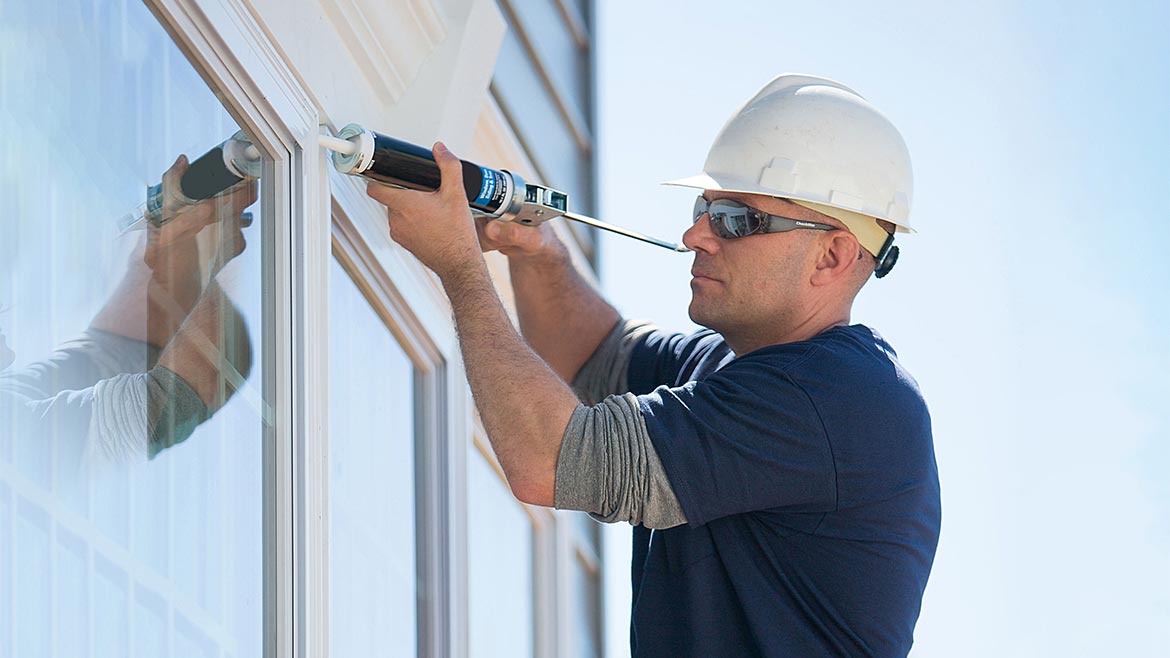Construction sealants play a vital role in ensuring the integrity and longevity of various structures, from buildings to infrastructure projects. Whether it's sealing joints, filling gaps, or bonding materials, the proper application of sealants is crucial. However, many common mistakes can compromise the effectiveness of sealants and lead to issues down the line. In this comprehensive guide, we'll delve into the dos and don'ts of using construction sealants, focusing on key types like silicone sealant, acrylic sealant, and adhesive sealant.
Understanding Construction Sealants:
Before we dive into the common mistakes to avoid, let's first understand the different types of construction sealants available in the market.
Silicone Sealant:
Silicone sealants are known for their flexibility, durability, and resistance to weathering and extreme temperatures. They are commonly used in a wide range of applications, including joint sealing, waterproofing, and bonding various materials. Silicone sealants offer excellent adhesion to non-porous surfaces such as glass, metal, and ceramics, making them ideal for both interior and exterior use.
Acrylic Sealant:
Acrylic sealants, also known as latex or water-based sealants, are versatile and easy to work with. They are suitable for sealing joints, filling cracks, and bonding porous materials such as wood, concrete, and plaster. Acrylic sealants are available in various formulations, including transparent acrylic sealants for applications where aesthetics are important.
Adhesive Sealant:
Adhesive sealants combine the properties of both sealants and adhesives, providing strong bonding capabilities along with sealing properties. These sealants are commonly used in construction for bonding and sealing applications where high strength and flexibility are required. They are available in different formulations, including silicone-based, polyurethane-based, and hybrid adhesive sealants.

Common Mistakes to Avoid When Using Construction Sealants:
Now that we have a basic understanding of construction sealants, let's explore some common mistakes to avoid when using them:
Improper Surface Preparation:
One of the most common mistakes is neglecting proper surface preparation before applying sealant. Failing to clean and dry the surface thoroughly can prevent the sealant from adhering properly, leading to poor performance and premature failure. Before application, ensure that the surface is clean, dry, and free from dust, dirt, grease, and old sealant residue.
Incorrect Sealant Selection:
Using the wrong type of sealant for the specific application can result in inadequate sealing and compromised durability. It's essential to choose the right sealant based on factors such as the type of substrate, joint movement, exposure to environmental conditions, and desired performance characteristics. For example, silicone sealants are suitable for joints subject to movement and extreme temperatures, while acrylic sealants may be more appropriate for interior applications where flexibility is less critical.
Overapplication or Underapplication:
Applying too much or too little sealant can affect its performance and aesthetics. Overapplication can lead to wastage, messy appearance, and difficulty in tooling the sealant, while underapplication may not provide adequate sealing and protection. It's important to follow the manufacturer's recommendations regarding the correct amount of sealant to apply based on the size and depth of the joint.
Inadequate Joint Design:
Poor joint design can compromise the effectiveness of the sealant and lead to premature failure. Factors such as joint width, depth, configuration, and the use of proper backing material play a crucial role in ensuring long-term performance. It's essential to design joints according to industry standards and manufacturer recommendations to accommodate movement, promote proper adhesion, and prevent stress concentration.
Skipping Primer Application:
Primer plays a vital role in promoting adhesion between the sealant and the substrate, especially on porous surfaces such as concrete and masonry. Skipping primer application or using the wrong type of primer can result in poor adhesion and reduced durability of the sealant. Always follow the manufacturer's instructions regarding the use of primer and ensure proper surface preparation before application.
Failure to Tool Properly:
Proper tooling of the sealant is essential for achieving a neat finish and ensuring adequate adhesion. Tooling refers to the process of smoothing the sealant bead and ensuring proper contact with the joint surfaces. Using the appropriate tool and technique can help remove air bubbles, excess sealant, and achieve the desired shape and finish. Avoid tooling the sealant too aggressively, as it can compromise its performance and appearance.
Ignoring Environmental Conditions:
Environmental factors such as temperature, humidity, and exposure to UV radiation can significantly impact the performance and curing of sealants. Applying sealant in adverse weather conditions, such as extreme heat or cold, high humidity, or direct sunlight, can affect its curing process and adhesion properties. It's essential to check the manufacturer's recommendations regarding the ideal application conditions and avoid applying sealant when conditions are outside the recommended range.
Not Allowing Sufficient Curing Time:
Proper curing is essential for the sealant to develop its full strength and durability. Rushing the curing process by subjecting the sealant to moisture, temperature extremes, or mechanical stress too soon can compromise its integrity and longevity. Follow the manufacturer's guidelines regarding the recommended curing time before subjecting the sealed area to use or exposure.
Conclusion:
Construction sealants are indispensable for ensuring the integrity, durability, and weather resistance of various structures. By avoiding common mistakes such as improper surface preparation, incorrect sealant selection, over or underapplication, inadequate joint design, skipping primer application, improper tooling, ignoring environmental conditions, and insufficient curing time, you can maximize the performance and longevity of sealant applications. Always follow manufacturer recommendations and industry best practices to achieve optimal results in your construction projects.


No comments yet